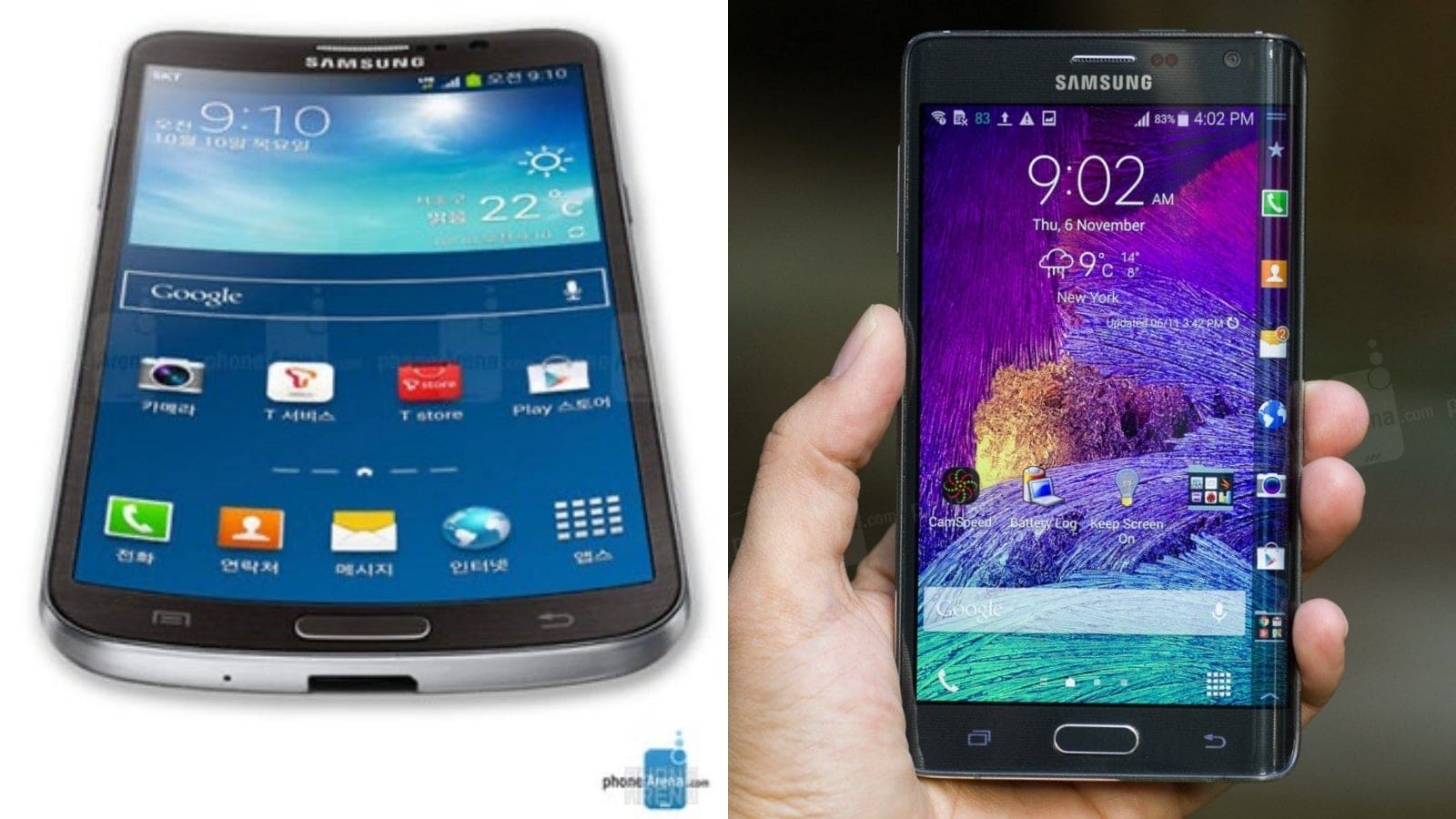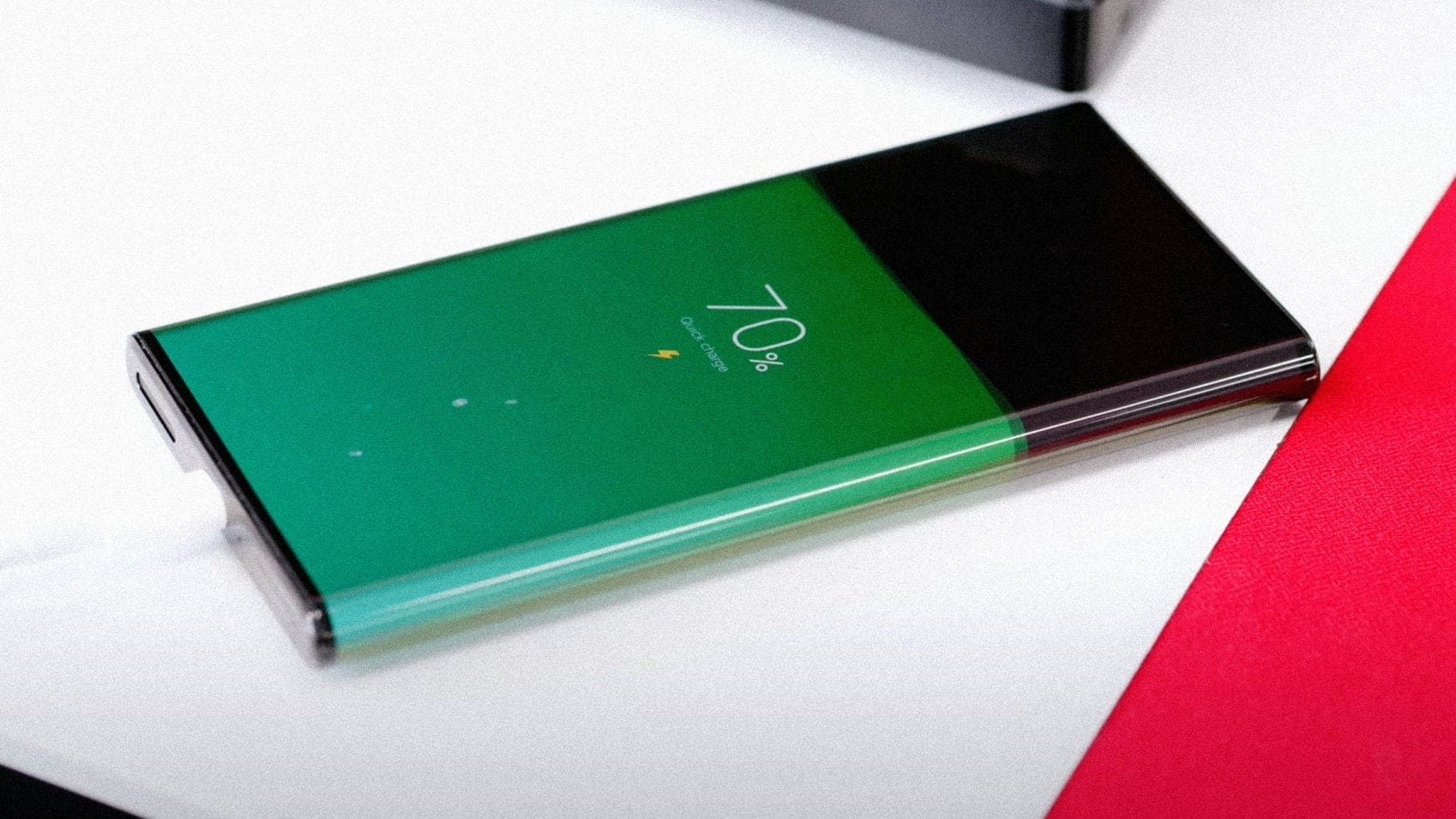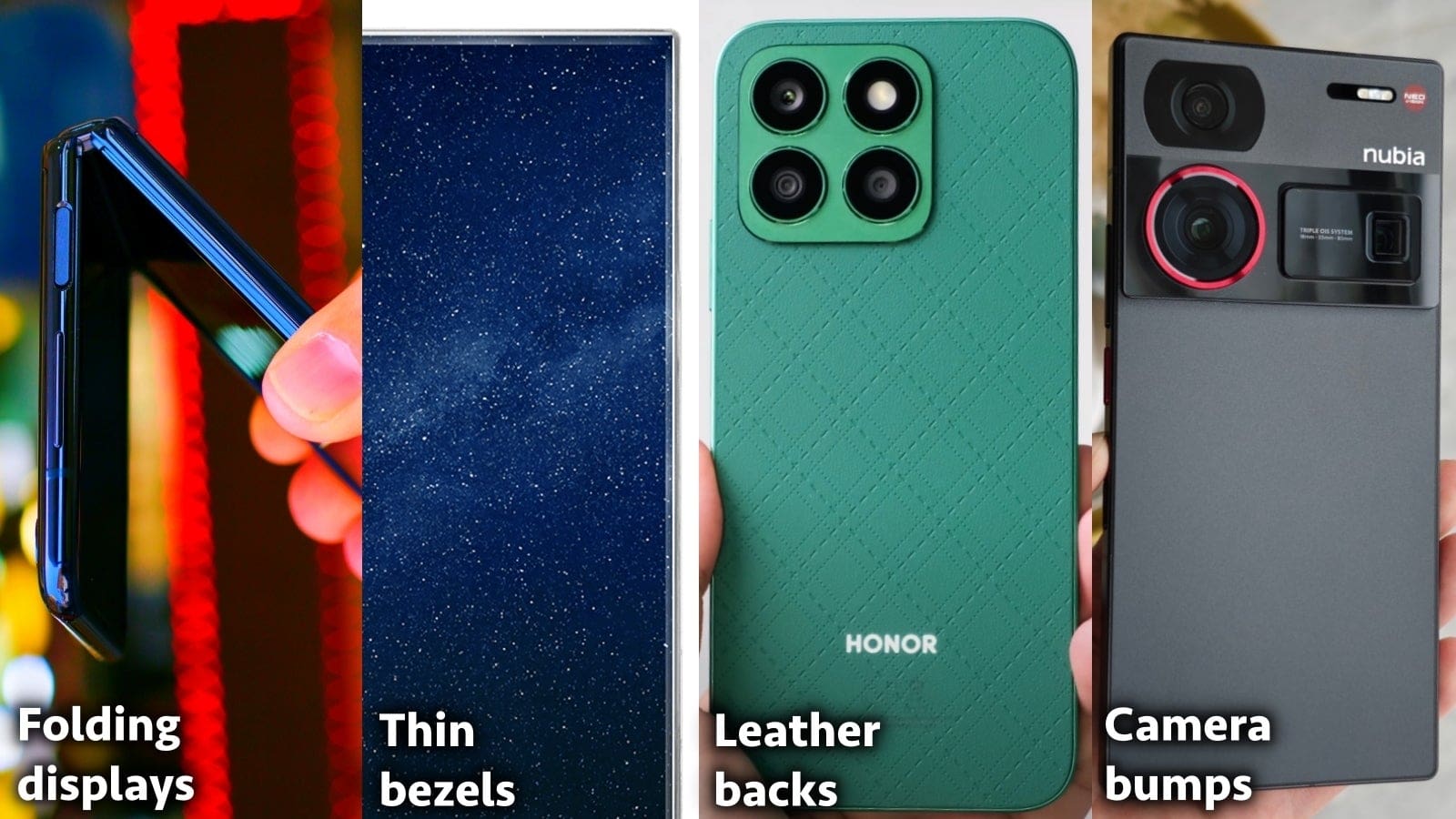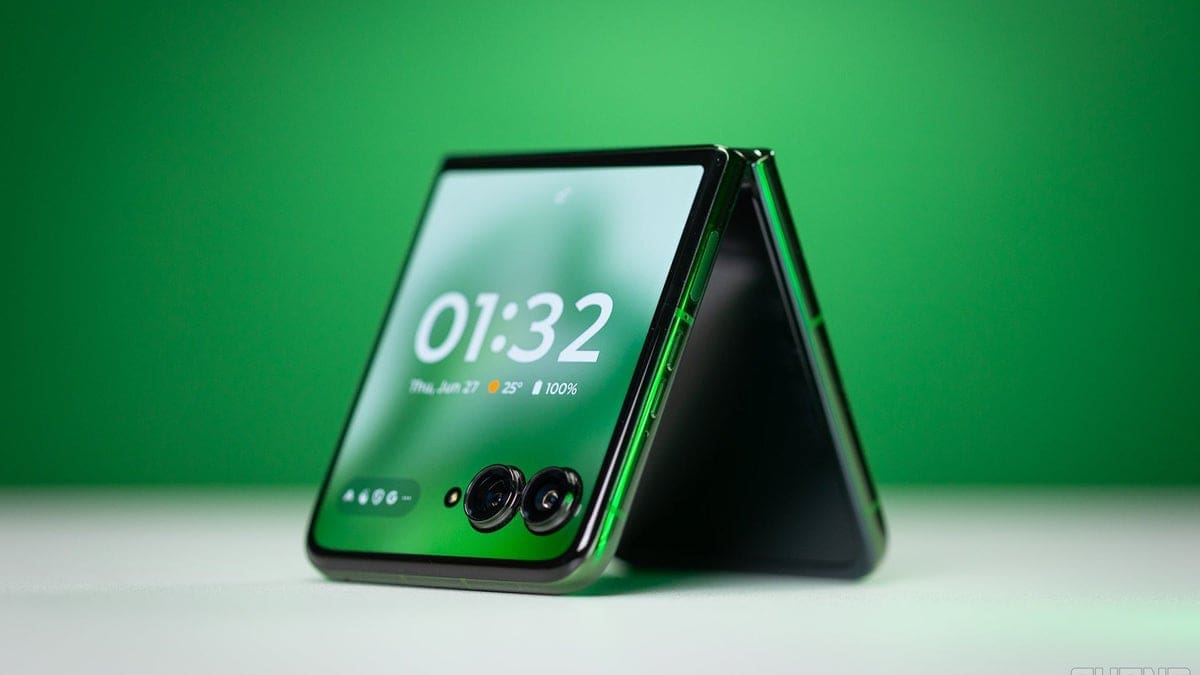Samsung pioneered curved smartphone displays with the Galaxy Round (2013) and Galaxy Note Edge (2014) some ten years ago. Curved screens were novel and pretty to look at, and they quickly picked up in popularity, especially after the launch of the voluptuous Galaxy S6 Edge (2015).
Soon after that, companies (some of them display-makers) like LG, Motorola, OnePlus, Google, Huawei and Xiaomi quickly jumped on the curved screen wagon, with my first curved-screen phone becoming the Huawei P30 Pro.
Fast forward to today, the soon-to-be-official Galaxy S24 lineup seems to wave goodbye to the curved display trend within Samsung’s lineup. However, meanwhile, flagships and even affordable phones from China seem to be all-in on curved screens, which makes for an interesting conundrum.
How come some companies and people are now making and getting some of their first curved-display phones, and Samsung itself is ready to let them go? Was the experiment successful? Are curved screens gradually going to fade away into oblivion?
Flat displays across the entire Galaxy S24 lineup prove the most original part of Samsung’s flagship phones is no longer special

Samsung pioneered curved smartphone displays with the 2013 Galaxy Round, which was curved inwards, and the 2014 Galaxy Note Edge, which had a curve only on the right side.
To get one thing out of the way, my personal take on the “curved vs flat display” debate is: I don’t really care. In fact, as long as a curved screen has good palm-rejection (and most of them do), and doesn’t mean the display borders aren’t uneven, I’m all for it.
I also love the fact that phones with curved displays feel noticeably narrower than phones with flat screens, because… they really are (if the two devices are matched for screen size and design). Of course, this makes them more comfortable to hold, which is a top priority for me.
In a less subjective news, it’s important to note that apart from making a phone look more attractive and easier to hold, curved displays were considered a design feature that makes phones look and feel premium. At least that’s been the case for many years before more affordable Chinese phones started using them, and this effect started wearing off.
If a few premium flagship phones have curved screens (like in 2015-2016), this makes them special. If all smartphones (including mid-rangers) have curved displays, this means they are no longer “special”.
Globally-available flagships like the Galaxy S24, iPhone 15, and Pixel 8 now come with flat displays but other flagship phones seem to stick to curved screens


Xiaomi 13 Ultra with a curved display made by China Star (left), Oppo Find X7 Ultra with a curved display made by BEO (middle), Vivo X100 Pro with a curved display made by Visionox (right).
Whether that’s evident or not, fashion is a big thing in the world of phones, and just like in clothing fashion, smartphone trends come and go. With that in mind, it seems premium flagship phones available in the US, UK, and Europe are now moving away from curved displays. However, the opposite is true when it comes to premium flagship phones from China…


Curved screens are no longer exclusive to premium flagship phones. In fact, quite the opposite is true. Pixel 8 (left), Motorola Edge 2023 / Edge 40 (right).
While Samsung pioneered curved smartphone screens and made them cool, the South Korean giant is no longer the sole maker of curved panels, simply because it now has a ton of competition on the global display panel scene.
Still, Samsung Display manages to capture nearly half of the display market worldwide (taking into account other devices such as tablets, smartwatches, etc.) Here’s a list of the major smartphone display-makers in 2024 (sources: RRW, DSCC):
- Samsung Display (South Korea; holds roughly 45% market share in the Global Display Panel Market)
- LG Display (South Korea)
- BOE (China)
- China Star (China)
- Visionox (China)
- Tianma (China)
- and more
The curved display revolution: Was it successful, and what are the new trends in smartphone design in 2024?


Some of you might remember that one time Xiaomi showed off the ultimate curved screen phone, the Xiaomi Alpha. The phone was cancelled due to “manufacturing complexities” but it still managed to wow all the smartphone nerds on the internet.
Without a doubt, the answer to the question whether the whole curved smartphone display thing was successful is a resounding “yes”. Although, the fact that Samsung is now ready to leave them behind suggests they were never an essential/functional part of the Galaxy.
As I mentioned in the beginning, curved screens helped make flagship phones more attractive and narrower (which made them easier to hold with one hand). That aside, I believe anything that makes smartphones more “exciting” is a good thing.
That being said, it’s 2024 now, and we’ve moved on to greater design changes and hardware challenges in the world of smartphones, which leads me to the new trends in smartphone design, which is a fitting end to this story of past, present, and future…
New trends in smartphone design: Who needs curved displays when Samsung makes folding displays now?


Trends in smartphone design for 2024.
More and better folding displays
First on the list of new smartphone design trends must be folding displays; no disrespect to curved screens but they can no longer seem all that impressive if you have a phone that folds in half; Samsung earns another shoutout as the pioneer of one of the two first mass produced foldables (Galaxy Fold, Huawei Mate X)
Even thinner display borders
Another (less exciting but aesthetically pleasing) design trend in 2024 will be thin display borders; the thin bezel race picked up big time in 2023, and it’s clearly going to be a topic of discussion in 2024 until we reach the dream “floating display design”; the Galaxy S24 Ultra is going to be Samsung’s first premium flagship phone with symmetrical display borders
Premium materials – titanium, leather & more
Premium materials are also a focal point for premium flagship phones, which makes sense; titanium is the new cool structural element in of phones like the iPhone 15 Pro, Xiaomi 14 Pro, and (soon) the Galaxy S24 Ultra, while alternative materials like faux leather (as opposed to glass) bless the backs of phones like the stunning Xiaomi 13 Ultra and Oppo Find X6 Pro
Even more intimidating camera bumps
And what would a premium flagship phone in 2024 be with an INTIMIDATING CAMERA BUMP; a premium flagship means a premium camera system, and a premium camera system means more cameras, which means… you get the point; I’m not a big fan of phones with multiple camera but they are here to stay – at least in the foreseeable future as their broader application now goes beyond taking pictures – for example, the iPhone needs at least two cameras to be able to take Spatial Videos, which you can then view on Apple’s fancy new Vision Pro headset
Repairability will be a focal point in smartphone design in 2024 (and beyond)
Last but certainly not least, repairability will be another huge focal point for phones in 2024 (and beyond)With the Right To Repair movement and legislations picking up pace in the EU and the rest of the world, how phones are designed on the inside will soon be more important than ever (as it should be). In fact phones like the iPhone 14, iPhone 15, and Galaxy S23 and Galaxy S24 are already easier to repair than their older counterparts but I have a feeling there’s more to be done in this area.
In fact, RTR means smartphones should be easy to fix even if you aren’t












